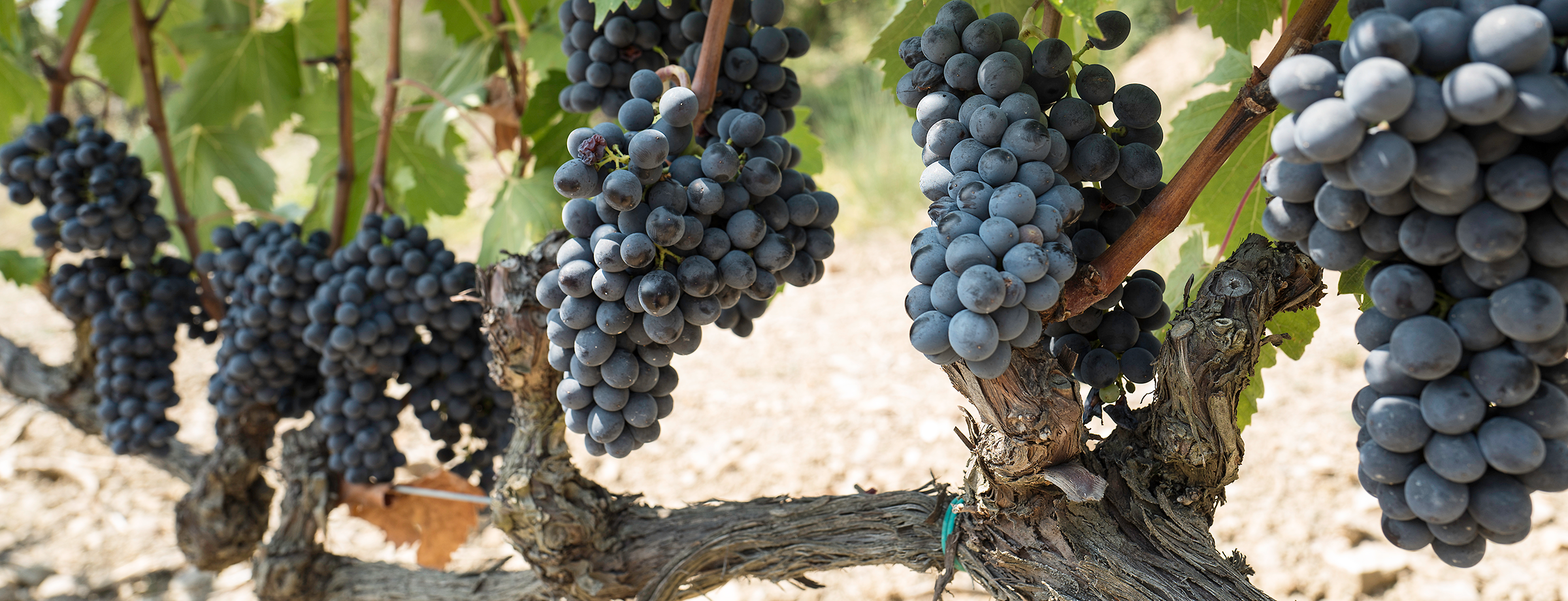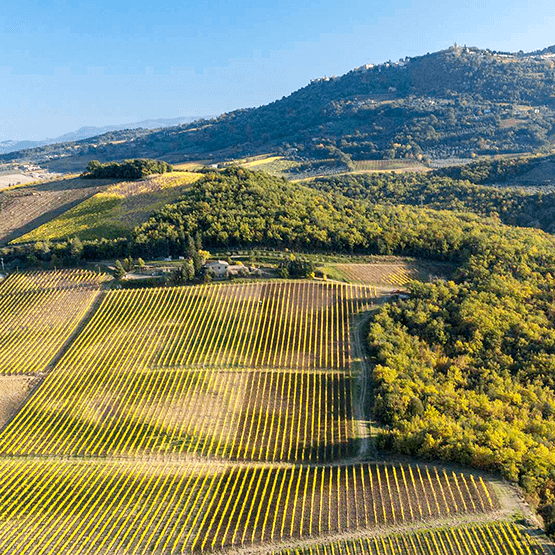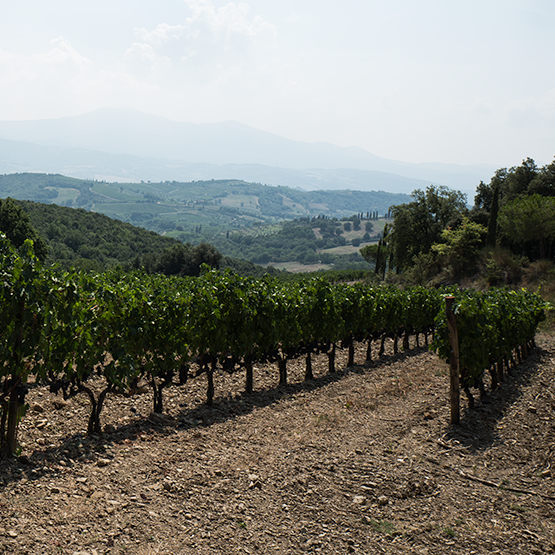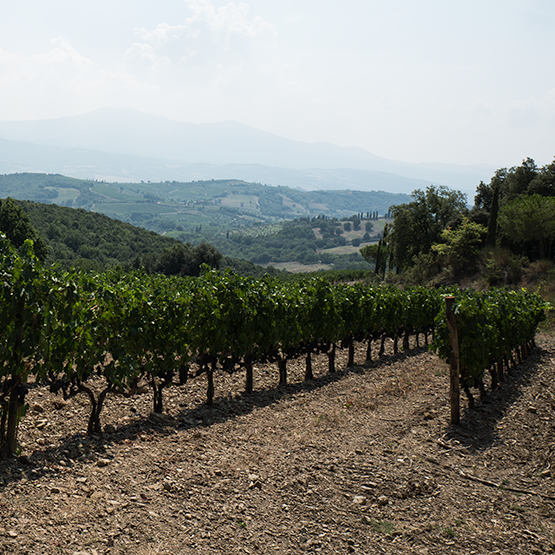Debunking the Myth that Brunello Comes in Only Two Styles: Traditional Versus Modern

There is no lack of opinions on modern versus traditional Brunello, especially from some notable traditional Brunello producers who think the more modern style does not constitute real Brunello. There are also wine writers and bloggers with strong views, but the basis of the argument for why only one constitutes real Brunello has its limitations, if not its fallacies. Modern Brunello is generally associated with those producers that age in barrique versus traditional producers that age their wine in large botte (large Slovenian oak casks) or casks. The former are generally considered rounder, darker, more mouth-filling wines with oak imparted flavors, versus the latter that are more structured and austere with nuanced flavors. Admittedly, many of my favorite Brunellos come from what are considered “traditional” producers, and I agree that some producers use too much oak to create an international style, but all producers should not be painted with the same brush. Many producers often use a mix of techniques with great success. Moreover, many barrique-using modern producers make great wine. There are decidedly more than two styles, and in my opinion there are reasons why the combination of different methodologies has been good for Brunello.
I am an equal opportunity imbiber with the quality and expression of the Sangiovese grape as the ultimate barometer.
Consider that in the world of European wine or even Italian wine, Brunello is relatively young and has evolved greatly in a short period of time. Biondi Santi was the sole producer of Brunello through most of the first half of the 1900s. In 1960 there were only 11 producers and now, in 2020 there are more than 200 producers over a large geographical area defined by different soil, exposures, and altitudes. Depending on the microclimate of the vineyard’s location, the natural character of the wine already has very different potential.
The rules of Brunello changed several years ago much to the dismay of Franco Biondi-Santi, the late Gianfanco Soldera, and other traditionalists to allow aging of Brunello for 2 years in wood rather than 4 unless it is a Riserva. These producers also believe that true Brunello should be made in botte, but even these vary in size anywhere between 2000 to 6000 liters. Today, winemakers use various different sizes besides large botte, including French tonneau casks that hold 500 liters, barriques that hold 225 liters, and combinations of the above. Besides aging, many variables distinguish different wines including different microclimates, not to mention different winemaking and wine growing techniques. The range of potential styles is huge even before you consider the length or type of wood treatment.


The argument I have heard, including from people I respect, is how can there be a sense of terroir if people are using different techniques? While this is an interesting discussion for wine geeks, there are arguably only opinions rather than right answers. One thing is clear: the quality of wine between 20 years ago when I started drinking Brunello to now has clearly changed for the better. Many Brunello producers (modern and traditional) use better technology and improved viticultural practices, especially lower yields (grapes per hectare) and organic & biodynamic practices that (among other things) negates the use of any herbicides or pesticides. The best wines result from much lower yields than what the law stipulates, as lower yields produce more concentrated flavors in individual grape clusters, creating better quality rather than quantity.
A respected Montalcino winemaker noted (I believe falsely) that lesser aging is promoted by producers with inferior wine that cannot stand up to aging of 4 years in botti. The length and type of aging are stylistic choices and not a measurement of quality. Plus, in lesser vintages, many of the best wines could often benefit from the freedom to choose a shorter stay in wood. Why is that so bad? The late Gianfranco Soldera who I had the opportunity to meet several years ago then told me how he disliked the rule change, but added that he liked ageing his wines as long as it takes, noting that the wine will let him know when it is ready. This was said in the context of his wines remaining in botti for longer than 4 years. Why is it wrong to let the wine tell you it needs less time rather than more in wood? With respect to the man, and his legacy, he might have been biased! I think it is facile to assume that longer aging equals better wine. This reminds of me of a saying about Italians recounted to me curiously (and humorously) by an Italian:
“Italians love rules as long as they do not apply to them.”


Brunello is relatively expensive. This seems to be indisputable truth, something we all can agree upon. One of the reasons the prices are high across the board is the amount of time that the wines need to age, regardless of the quality of product. Aging wines for shorter periods, besides allowing the winemaker more artistic leeway, can also allow him or her better cash flow. For those of us who have been drinking Brunello for a long time, the wines have always been expensive, but in many cases rather than restrained and elegant, years ago the wines were angular and thin, especially in so-so vintages. Even Biondi Santi, the godfather of Brunello, had strings of several vintages that were less than stellar and still commanded super high prices. Now, yields across the board are a lot lower, something even traditional producers have adopted, vastly improving quality, especially in average vintages. Even if you share my love for the flavor profile of what are coined “traditional wines,” it is hard not to admit that wines in present day are better quality. Modern techniques played a big role in improving quality in the vineyard and winery, with the resultant wines more polished and consistent (that includes even uber-traditional Biondi Santi who adopted at least some use of temperature controlled vinification).
There are now different stylistic choices for those who like Sangiovese, some in a more approachable style. I think some of the more modern style producers make some really good vino, and if it creates more Brunello lovers, albeit a different style, then in my opinion this is an overall plus, and part of an evolution rather than the downfall of tradition. It keeps others from resting on their laurels. There are different styles in Bordeaux and Burgundy, without a lot of hubbub about what is “real” or not. However, the discussion of changes to the law that would allow Brunello to include other grape varieties should be verboten. They’d better keep Brunello mandated to be 100% Sangiovese, or I will join the ranks of the despondent and holier than thou traditional Brunello punditry.
